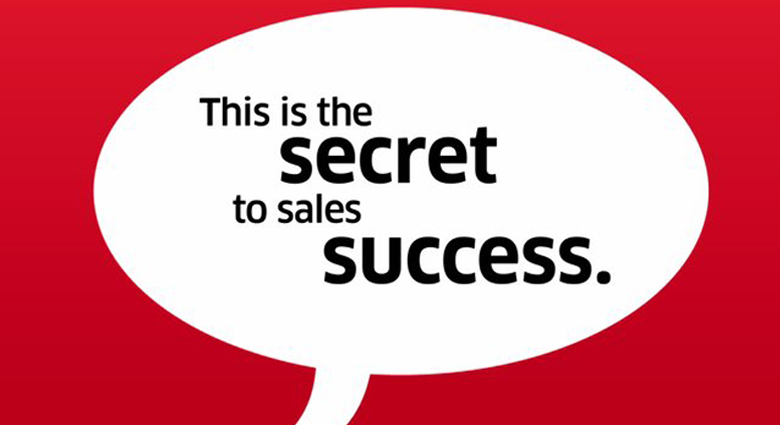Finding the real decision maker may be one of the largest barriers to a sale in existence. It’s second to one other barrier: “Once I find the decision maker, what do I say?”
Finding the decision maker and speaking with that decision maker intelligently are not just critical, they’re also skills that can be career building or career ending.
I’m about to give you insight that will help you find and communicate with the all-important decider. But I caution you, it is not a be-all end-all. Rather, it’s the beginning of your true understanding about decision makers, and decision making.
There are several parts to the decision-making process. Finding the decision maker is only one of them and it may be the smallest one.
Early in my career, I created a question that helped me find decision makers without ever asking anyone who the decision maker was. Whoever I was talking to, as I was making the sales presentation, I asked the question, “Who pulls the trigger?”
That was a direct question that didn’t insult the person I was talking to. If you ask, “Are you the decision-maker?” or worse, “Who is the decision-maker?” you both embarrass the prospect, and pressure them for an answer. To the person you’re talking to it gives the impression you’re sales hungry instead of customer friendly.
By asking, “Who pulls the trigger?” you don’t hurt anyone’s feelings. You’re merely asking for distant information. Vital, but distant.
After I asked the “who pulls the trigger” question, I followed up with an equally powerful, but still pressure-less question. I simply asked, “How will the decision be made?” And whatever my prospective customer said, I followed up with yet another question about the decision-making process, “Then what?”
The words “then what” lead you through the decision-making process. Especially if you continue to ask it. Then what? Then what? Then what? Until finally you come back to the trigger puller. It sounds pretty easy, doesn’t it?
Well, over the years I found that it wasn’t quite that easy. I had to have a greater understanding of the total process especially what happened after the purchase was completed. In other words, what happens after ownership and what are the expected outcomes.
You may think what happens after ownership and expected outcomes have little or nothing to do with the decision maker. And you would be totally, completely incorrect.
After ownership comes value of purchase. Often erroneously referred to as ROI, it’s what happens after the customer takes possession, and what they’re hoping to achieve as a result of it. REALITY: That’s the only thing decision makers want to know. And once you know it, you’ll be able to find every decision maker. That’s pretty powerful.
There are additional questions you MUST ask during a sales meeting in order to find out the total purchasing and use of product or service situation. Keep in mind, you’re going to be selling for about an hour, but they’re going to be using your product or service for years. Once you understand that, you understand the significance of obtaining that information.
• Who do you collaborate with?
• Who will be the main user of…?
• Who calls and asks for service?
• When a service person arrives, who do they meet with?
• How did the last purchase happen?
• Who will be responsible for the outcome of this purchase?
HERE’S THE SECRET:
Once you have the names of these people, you ask the person you’re meeting with to introduce you. And talk to these people about what really happens. Even if you’re meeting with the CEO, you can still ask for meetings with his or her people.
Once you have this information and meet the people involved…
Look at the insight you’ve gained.
Look at the understanding you have about their business process.
Look at the expertise you put into your experience base.
And even more important, you’re now charged with the responsibility of making certain every person involved in use and decision making are aware of your value.
“Jeffrey,” you say, “it’s a pretty complicated process. In fact, it changes my whole strategy of selling.”
That’s correct, your way was a fight to get to the decision maker. People lied to you, and people led you down a rosy path that completely wasted your time. Oh, and you lost the order. My way is a little bit more difficult to learn and implement, but a heck of a lot more productive in terms of not just finding the decision maker, but actually making the sale – and gaining experience and expertise for the next sale.
Now you have to make a decision. Decide to try it my way!





.png)




What Did You Think?